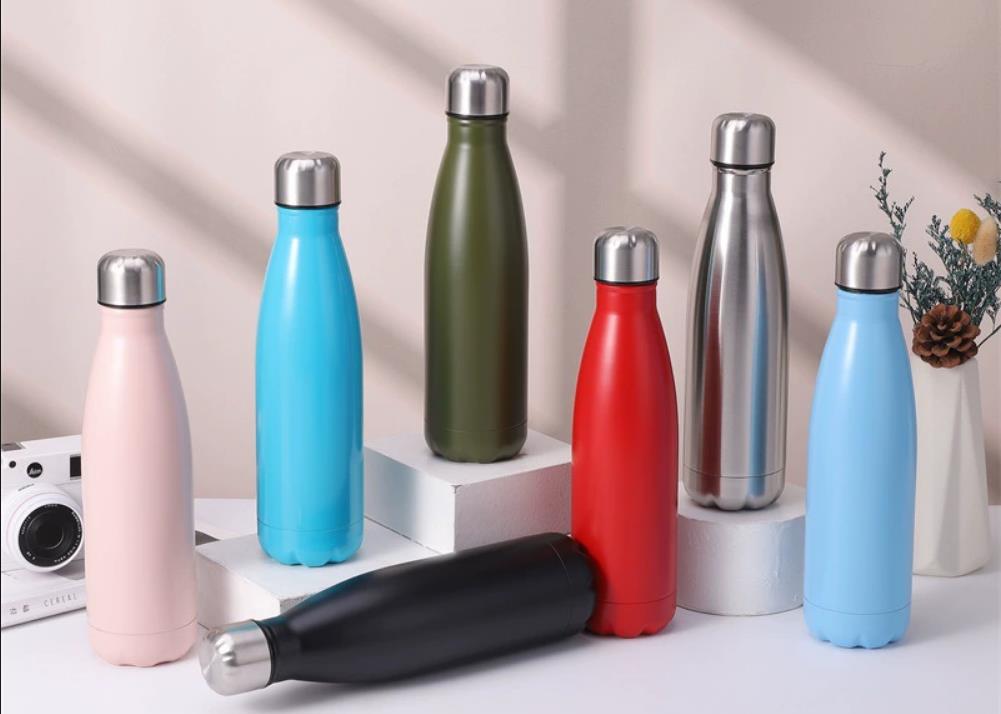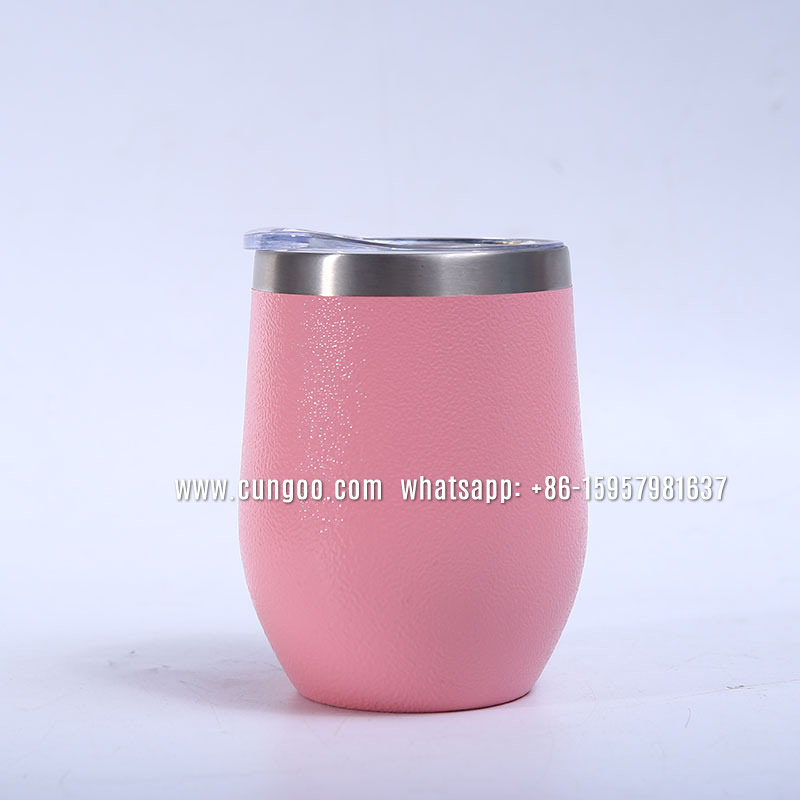How a Vacuum Flask Works: Science, Education & Technology

A vacuum flask (thermos) is a marvel of engineering that leverages principles of thermodynamics and material science to minimize heat transfer. Here’s a breakdown of its operation from a scientific, educational, and technological perspective.
1. The Science Behind Vacuum Flasks
Heat Transfer Mechanisms (and How a Thermos Stops Them)
Heat moves in three ways, and a vacuum flask combats all three:
| Heat Transfer Method | How It Works | How a Vacuum Flask Blocks It |
|---|---|---|
| Conduction | Heat flows through solids (e.g., metal spoon in hot tea). | Vacuum gap between walls stops conduction (no molecules to transfer heat). |
| Convection | Heat moves via fluid/gas circulation (e.g., steam rising). | No air in vacuum means no convection currents. |
| Radiation | Infrared waves carry heat (e.g., sunlight warming a surface). | Mirror-like inner coating (silvered layer) reflects heat back inside. |
Key Scientific Principles
- Thermal Insulation: The vacuum acts as a near-perfect insulator.
- Emissivity Reduction: The reflective lining minimizes radiative heat loss.
- Second Law of Thermodynamics: Heat naturally flows from hot to cold, but the flask slows this process dramatically.
2. Educational Perspective: How to Explain It Simply
Classroom Demonstration Idea
- Compare a regular metal bottle vs. a vacuum flask filled with hot water.
- Measure temperature over time to show how much slower the thermos cools.
- Discuss why air is a poor conductor (vs. solids) and how a vacuum improves insulation.
Real-World Analogies
- “Like a spacesuit” – Astronaut suits have insulation to retain body heat in the vacuum of space.
- “Like a double-pane window” – Air (or gas) between glass panes reduces heat transfer.
3. Technological Innovations in Vacuum Flasks
Modern advancements have improved thermos performance:
| Innovation | How It Enhances Performance |
|---|---|
| Better Vacuum Seals | Laser-welded seams prevent vacuum leaks, improving longevity. |
| Advanced Coatings | Diamond-like carbon (DLC) coatings enhance reflectivity. |
| Smart Lids | Some flasks now have temperature displays (Bluetooth-enabled). |
| Eco-Friendly Materials | Bamboo lids, recycled stainless steel. |
Future Trends
- Self-Cleaning Surfaces (nanotech coatings).
- Phase-Change Materials (for even longer heat retention).
- Solar-Powered Heating (experimental designs).
Conclusion
A vacuum flask is a perfect example of applied thermodynamics, combining physics, material science, and engineering to keep drinks hot or cold. Its design elegantly defeats all three heat transfer methods, making it an essential everyday tech innovation.
Want a deeper dive? Ask about:
- The history of the thermos (invented in 1892 by Sir James Dewar).
- How space technology uses similar vacuum insulation.
- DIY experiments to test insulation properties!
Deep Dive: The Science, History, and Future of Vacuum Flasks
Vacuum flasks (thermoses) are a fascinating intersection of physics, chemistry, material science, and engineering. Below, we explore advanced scientific principles, historical breakthroughs, cutting-edge innovations, and DIY experiments to understand them fully.
1. Advanced Science: How a Vacuum Flask Defies Thermodynamics
The Physics of Perfect Insulation
A thermos doesn’t just “keep things hot or cold”—it minimizes entropy increase (disorder in heat distribution) by blocking all heat transfer pathways:
| Heat Transfer Method | Physical Principle | How the Thermos Counters It |
|---|---|---|
| Conduction | Heat moves through molecular collisions. | Vacuum gap (~10⁻⁶ atm pressure) removes air molecules, stopping conduction. |
| Convection | Heat circulates via fluid motion. | No gas = no convection currents. |
| Radiation | Infrared electromagnetic waves. | Silvered or aluminum-coated walls reflect ~95% of thermal radiation. |
The Role of the Dewar Flask (Original Design)
- Invented by James Dewar (1892) to store liquefied gases.
- Used silver-plated glass for maximum reflectivity.
- Later commercialized as the “Thermos” (1904).
Why Stainless Steel Replaced Glass
| Material | Pros | Cons |
|---|---|---|
| Glass (Original) | Chemically inert, best flavor retention. | Fragile, heavy. |
| Stainless Steel (Modern) | Unbreakable, lightweight, cheaper. | Slightly worse insulation (unless double-walled with vacuum). |
2. Historical Breakthroughs in Vacuum Flask Technology
Timeline of Key Innovations
- 1892 – James Dewar invents the Dewar flask for cryogenics.
- 1904 – Reinhold Burger patents the consumer “Thermos”.
- 1910s – First mass-produced thermoses for WWI soldiers.
- 1950s – Stainless steel replaces glass for durability.
- 2000s – Hydro Flask/YETI revolutionize outdoor use with powder coatings.
- 2020s – Smart thermoses with temperature displays & app connectivity.
Space Tech & Vacuum Flasks
- NASA uses advanced vacuum insulation in:
- Spacesuits (to retain body heat in space).
- Cryogenic fuel tanks (for rockets).
- Mars rovers (to protect electronics from extreme temps).
3. Cutting-Edge Innovations in Vacuum Flasks
Next-Gen Thermos Technology
| Innovation | How It Works | Example Brands |
|---|---|---|
| Double-Sealed Vacuum | Laser-welded chambers prevent leaks for 20+ years. | CUNGOO |
| Phase-Change Materials (PCMs) | Wax-based layers absorb/release heat for extra insulation. | CUNGOO |
| Graphene-Enhanced Walls | Ultra-thin, super-reflective coating for better radiation blocking. | CUNGOO |
| Self-Cleaning Nano Coatings | Titanium dioxide breaks down bacteria with UV light. | CUNGOO |
The Future: What’s Next?
- Solar-Heated Flasks (using mini solar panels).
- AI-Powered Smart Lids (adjusts temp based on drinking habits).
- Biodegradable Vacuum Insulation (eco-friendly alternatives).
4. DIY Science: Testing a Thermos in the Lab (or at Home)
Experiment 1: Heat Retention Test
Goal: Compare a thermos vs. a regular bottle.
Materials:
- Vacuum flask vs. standard metal bottle
- Boiling water
- Thermometer
- Stopwatch
Steps:
- Fill both with boiling water (100°C).
- Record temperature every 30 minutes.
- Plot a cooling curve graph.
- Calculate heat loss rate (°C/min).
Expected Result:
- Thermos loses <1°C/hour vs. ~5°C/hour for a normal bottle.
Experiment 2: Radiation Reflection Test
Goal: Prove the inner coating reflects heat.
Materials:
- IR thermometer
- Two flasks (one with reflective lining, one without)
Steps:
- Fill both with hot water.
- Measure outer wall temperature over time.
- The uncoated flask will feel warmer (radiation escaping).
5. Fun Facts & Myth Busting
✅ Myth: “A thermos keeps things hot forever.”
Truth: It only slows heat transfer—eventually, it reaches equilibrium.
✅ Fact: The best thermoses can keep liquids hot for 48+ hours (e.g., Stanley Classic).
✅ Space Fact: The James Webb Telescope uses vacuum insulation to stay at -223°C!
Conclusion: Why Vacuum Flasks Are Engineering Marvels
From quantum physics (how vacuums block conduction) to space-age materials, the thermos is a perfect example of applied science. Future innovations could make them even smarter and more efficient.
Want More? Ask About:
- The physics of cryogenic vacuum flasks (for liquid nitrogen).
- How thermoelectric cooling could revolutionize portable cooling.
- The best budget vs. premium thermos based on lab tests.


